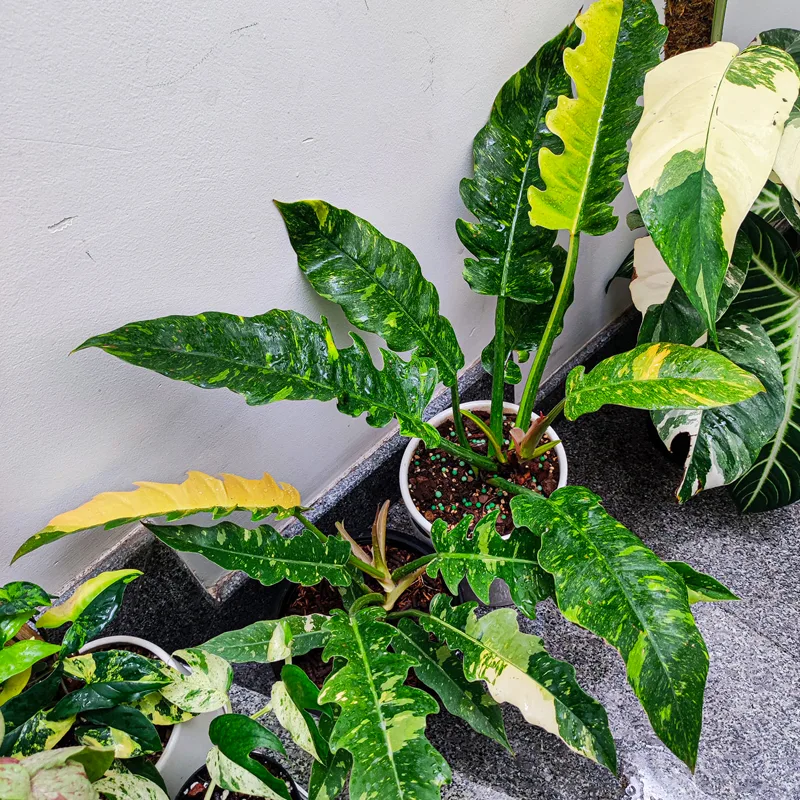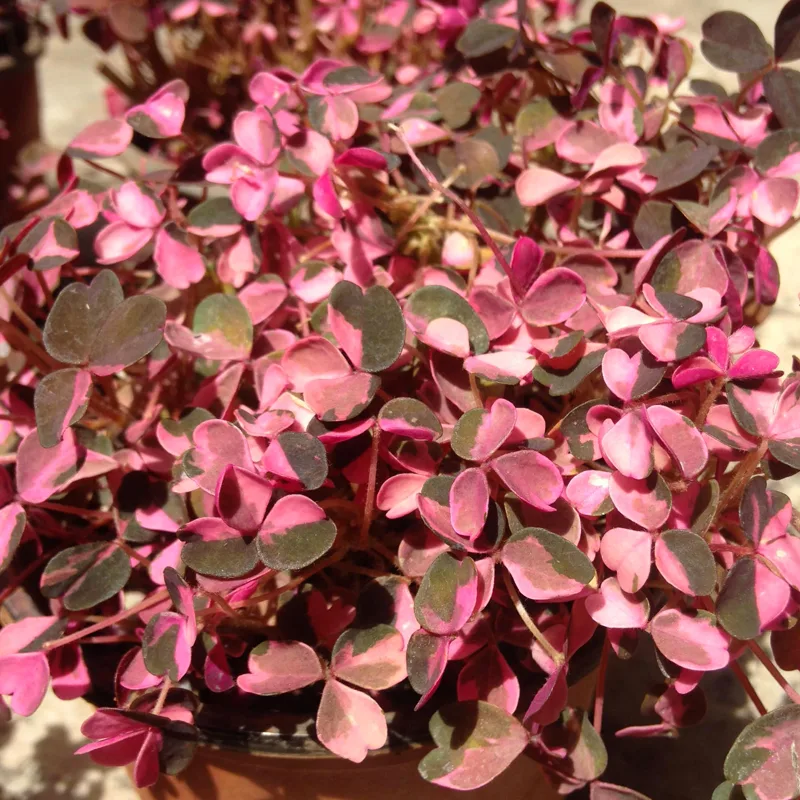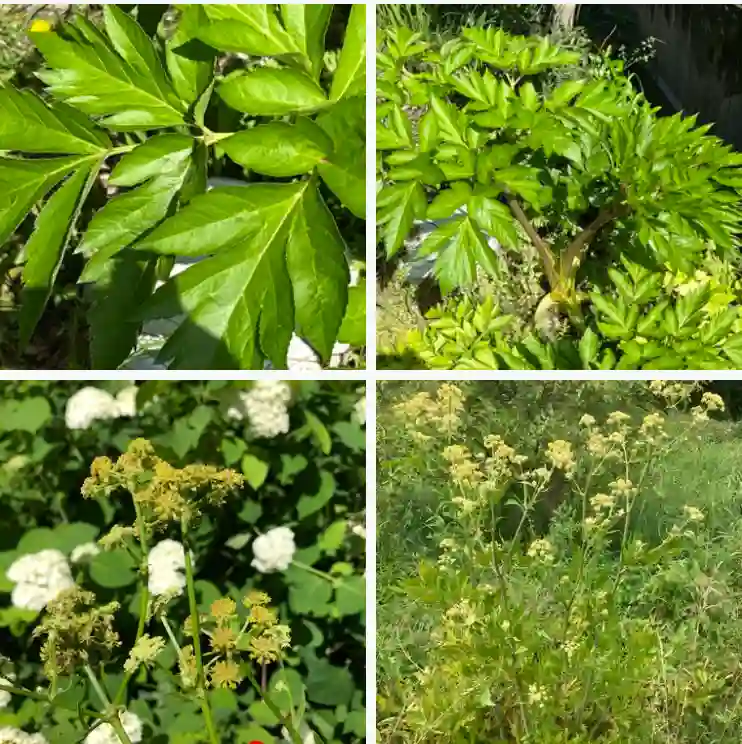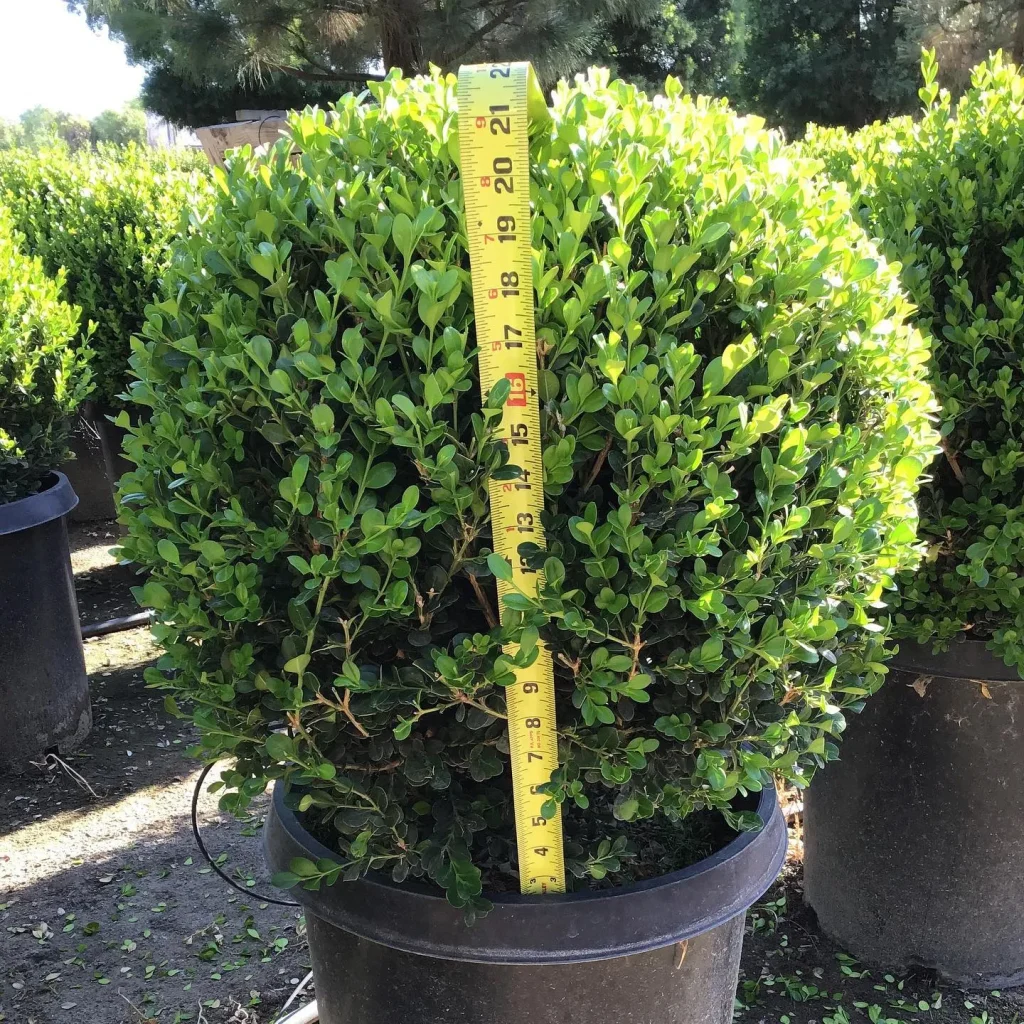The All-Strength Flower: My Journey with Pancratium
My name is Ferb Vu, and I’ve always been drawn to the unique and resilient in nature. That’s what led me to the Pancratium genus, a group of flowering plants that thrive in some of the harshest environments on Earth. These aren’t your typical garden-variety blooms; they possess a captivating beauty and a strength that’s truly inspiring.
The name Pancratium itself is derived from the Greek words “pan” (all) and “kratys” (strength), a testament to their ability to withstand extreme conditions. These plants, belonging to the Amaryllidaceae family, are often found in arid, sandy regions, coastal dunes, and rocky slopes. They’ve adapted to thrive where many other plants fail, a quality I find truly remarkable.
A Diverse and Stunning Genus
Pancratium is a diverse genus, boasting a variety of species with unique characteristics:
- Pancratium arabicum is a striking, herbaceous plant with elegant white flowers that emerge in clusters and emit a pleasant fragrance. This species is found in desert regions, where it blooms after rainfall, adapting well to arid conditions. Its delicate flowers with elongated petals and a distinctive central corona make it popular among plant enthusiasts.
- Pancratium bhramarambae is a lesser-known species native to certain parts of India. It produces delicate, star-shaped flowers with a unique fragrance and has been adapted to the warm, humid climates of its native region. The species is noted for its conservation importance due to its limited distribution.
- Pancratium biflorum typically produces two large, white flowers per stalk, a feature that gives this plant its name. Native to tropical regions, it has adapted to various soils, often flourishing in sandy or rocky terrains. Its flowers are known for their resilience and striking beauty, especially during nighttime blooms.
- Pancratium canariense is an endemic species found in the Canary Islands, where it grows in coastal and arid environments. The plant showcases robust white flowers with long, narrow petals and a central cup, making it resilient to the Mediterranean climate and drought.
- Pancratium centrale is known for its central distribution in Africa, favoring arid and semi-arid habitats. This species has developed extensive root systems to reach deep water sources, and its flowers are typically white with a prominent corona, blooming after seasonal rains.
- Pancratium donaldii is a rare species from the Arabian Peninsula, characterized by its long, narrow leaves and delicate, fragrant white flowers. This plant is adapted to desert conditions, often growing in rocky outcrops, and blooms briefly after rains in its harsh environment.
- Pancratium foetidum is a unique species with a strong odor, as its name suggests, setting it apart from other Pancratium species known for their pleasant fragrance. It grows in specific regions of the Middle East and is well adapted to arid, rocky soils, with flowers that attract specific pollinators.
- Pancratium illyricum is native to the Mediterranean, particularly found in regions of Italy and the Balkans. It bears stunning, fragrant white flowers in clusters and is often cultivated for ornamental purposes due to its beauty and resilience in warm climates.
- Pancratium landesii is a rare species with limited distribution, recognized for its unique floral structure. Its white, star-shaped flowers bloom after seasonal rains, and it has adapted to withstand harsh climates, especially in rocky and sandy soils.
- Pancratium longiflorum produces elongated, white trumpet-shaped flowers, giving the plant a graceful appearance. Found in tropical regions, this species is valued for its ornamental appeal and long-lasting blooms, often used in gardens and landscapes in warm areas.
- Pancratium maritimum, commonly known as the sea daffodil, is found along Mediterranean coasts. This species thrives in sandy, saline soils and produces fragrant white flowers with a central, trumpet-shaped corona. It blooms in late summer, often drawing attention due to its resilience in coastal areas.
- Pancratium maximum is recognized for its impressive size and large flowers, which stand out in any landscape. It’s native to subtropical regions, and its showy, fragrant blooms are often used in decorative gardening for their striking appearance.
- Pancratium nairii is an endangered species found in specific areas of South India. Its conservation is essential, as its habitat is diminishing. The plant produces delicate white flowers with a characteristic corona, attracting various pollinators to its fragrant blooms.
- Pancratium parvicoronatum is named for its small, corona-like structure within the flower, giving it a unique appearance. It’s native to dry, rocky regions and is adapted to bloom briefly after rains, attracting specific pollinators suited to its habitat.
- Pancratium parvum is a small, delicate species with modest flowers compared to other Pancratium varieties. It’s found in arid regions and has adapted well to drought conditions, producing tiny but fragrant flowers that bloom for a short duration.
- Pancratium sickenbergeri is adapted to desert regions, particularly in the Middle East, where it grows in sandy soils. This plant produces white, trumpet-shaped flowers with a distinct, sweet fragrance, which helps it attract nocturnal pollinators.
- Pancratium st-mariae is a unique species with origins tied to the historical regions of the Middle East. Known for its religious significance, it produces fragrant, star-shaped flowers that bloom in arid climates, often associated with folklore and local traditions.
- Pancratium telanganense is a recently discovered species native to India’s Telangana region. This rare plant produces small, white flowers that are highly fragrant and blooms during specific seasons, adding ecological value to its natural habitat.
- Pancratium tenuifolium has narrow, grass-like leaves that give it a delicate appearance. It grows in tropical regions and produces white flowers with a subtle fragrance. This species is often used in ornamental gardens for its refined, understated look.
- Pancratium tortuosum is notable for its twisted, wavy leaves and robust white flowers. Found in rocky, arid habitats, it has adapted to withstand drought conditions and is sought after for its unusual appearance and hardy nature.
- Pancratium trianthum is distinguished by its trio of flowers on each stalk, making it visually appealing. It grows in tropical and subtropical regions and has fragrant blooms that attract a variety of pollinators, making it valuable in natural landscaping.
- Pancratium triflorum produces three prominent flowers per stalk, known for their elegant, elongated petals and pleasing scent. Native to desert regions, it has adapted to bloom briefly after seasonal rains, making it a rare sight in the wild.
- Pancratium verecundum is a lesser-known species with delicate, white flowers that emit a faint fragrance. It is found in specific tropical regions and is often admired for its petite flowers, which add subtle beauty to its native landscape.
- Pancratium zeylanicum is native to Sri Lanka and other tropical areas, featuring showy, fragrant white flowers with a central corona that stands out. This species is popular in ornamental gardening and is known for its adaptability to warm, humid climates.
More Than Just a Pretty Face
While the aesthetic appeal of Pancratium is undeniable, these plants offer more than just visual beauty. They have a rich history of use in traditional medicine, particularly in the Mediterranean and Middle Eastern regions. Various parts of the plant, including the bulbs and leaves, have been used to treat ailments ranging from skin conditions to respiratory problems.
However, it’s important to note that Pancratium contains toxic alkaloids, so any medicinal use should be approached with caution and under the guidance of a qualified healthcare professional.
A Symbol of Resilience
For me, Pancratium represents resilience and the ability to thrive in adversity. These plants have adapted to survive in some of the most challenging environments, reminding me that strength and beauty can coexist. Their ability to flourish in the face of adversity is a powerful metaphor for life itself.
Whether it’s the delicate beauty of Pancratium canariense or the hardiness of Pancratium illyricum, each species tells a story of survival and adaptation. These plants serve as a constant source of inspiration, reminding me to embrace challenges and find strength in unexpected places.
If i die, water my plants!



